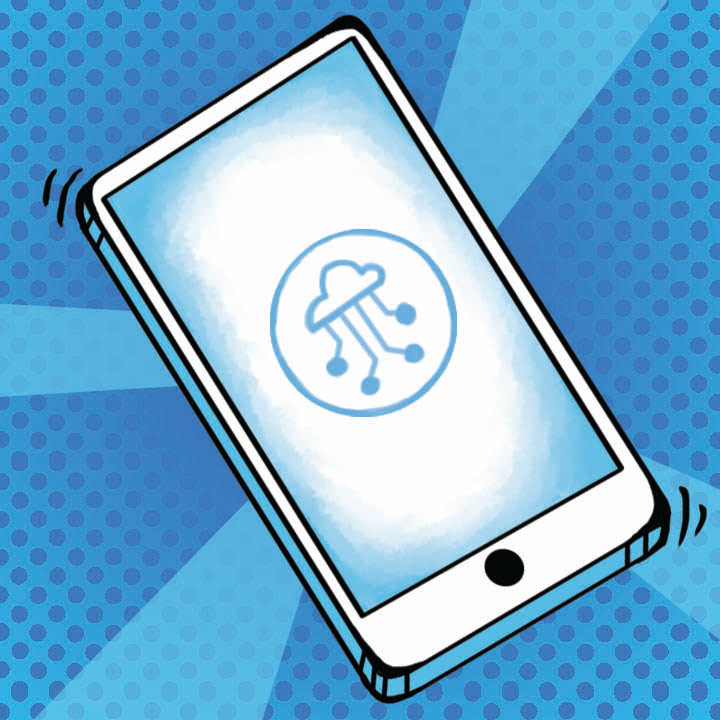We can all agree that we live in an internet-dominated world, where most people (perhaps including you) are heavy consumers of online content. However, we all have different needs and preferences when it comes to internet usage and consumption of digital content.
Moreover, it’s a fast-paced world where most people want to accomplish tasks online at supersonic speed, and access information over the web easy-peasy.
Well, all this is determined by the web access plan you purchase. Now, finding the best internet plan for your needs can be overwhelming, but, thankfully, we’re here to help break it down for you.
In this piece, we will cover the four most common types of plans and highlight their differences, so you can choose the one that might be right for you.
1. Fiber Optics Internet
With a maximum speed of around 2000 Mbps, fiber is today’s fastest, and perhaps the most widely accessible internet connectivity option. If you’re keen on comparing fiber internet plans from different providers, there’s a big chance you’ll never experience slow internet.
This is especially if you seek professional help in the process. Most fiber ISPs have different plans that you can select from to suit your needs in terms of speed and the preferred services.
Nonetheless, there is one thing you should know about fiber internet.
The closer you are to the service location, the faster your connection will be. For instance, if you are 15 minutes away from the nearest service center, your broadband could be max out at 5 Mbps.
Because of that limitation in availability, there are areas where fiber optic cable internet (FiOS) may not be your best option.
2. Cable Internet
One of the best things about cable internet is that it is not only reliable, but it is also widely available. Apart from Ethernet, cable internet lets you connect to the web via various alternative means, including broadband.
It is also available in a wide range of plans, which can range anywhere between 3 Mbps and 1 Gbps. On the bright side of things, cable internet is quite easy to install and is compatible with a wide range of devices, including phones, TV, laptops, and – you name it!
3. Satellite Internet
Could this be what you need in your home or office? Well, it boasts wide availability but it could hurt your wallet if you’re not an avid user of the internet. Here, no cables or telephone lines are required to access the web, but the internet speed is rather wanting. Some users actually consider it expensive.
Nevertheless, you could get speeds of up to 3 Mbps for uploads and 15 Mbps for downloads at home, even though business plans of 100 Mbps are available these days. For the best experience, you will want to locate the nearest provider to you.
4. DSL
This is the type of internet subscription service known as Direct Subscriber Line. It is often touted as one of the most affordable and reliable options, perhaps because it provides convenience even while on the go. You can look at it as the mobile internet option.
What’s more, DSL allows you to share your internet connection with several devices depending on the provider’s specification and the plan you purchase. With DSL, you can comfortably watch your Netflix favorites, stream YouTube, or play games online.
It is said to be a little slower than cable internet, especially if your device is a bit distant from your provider’s signal booster.
Moreover, you are likely to have two different options to pick from depending on your provider. These are:
- ADSL – Asymmetrical Direct Subscriber Line, which offers faster downloads and slower uploads
- SDSL – Symmetrical Direct Subscriber Line, where upload and download speeds are equal
The best part is that DSL is widely available, affordable, and reliable. Nonetheless, the costs can be a bit high if you’re using it for your business.
Internet connectivity is almost becoming a need in today’s society. More often than not, you will need it at home, in the office, and even while traveling.
You can consider the above pointers as a summary of your options when looking for a reliable way to stay connected at home or in your business.






